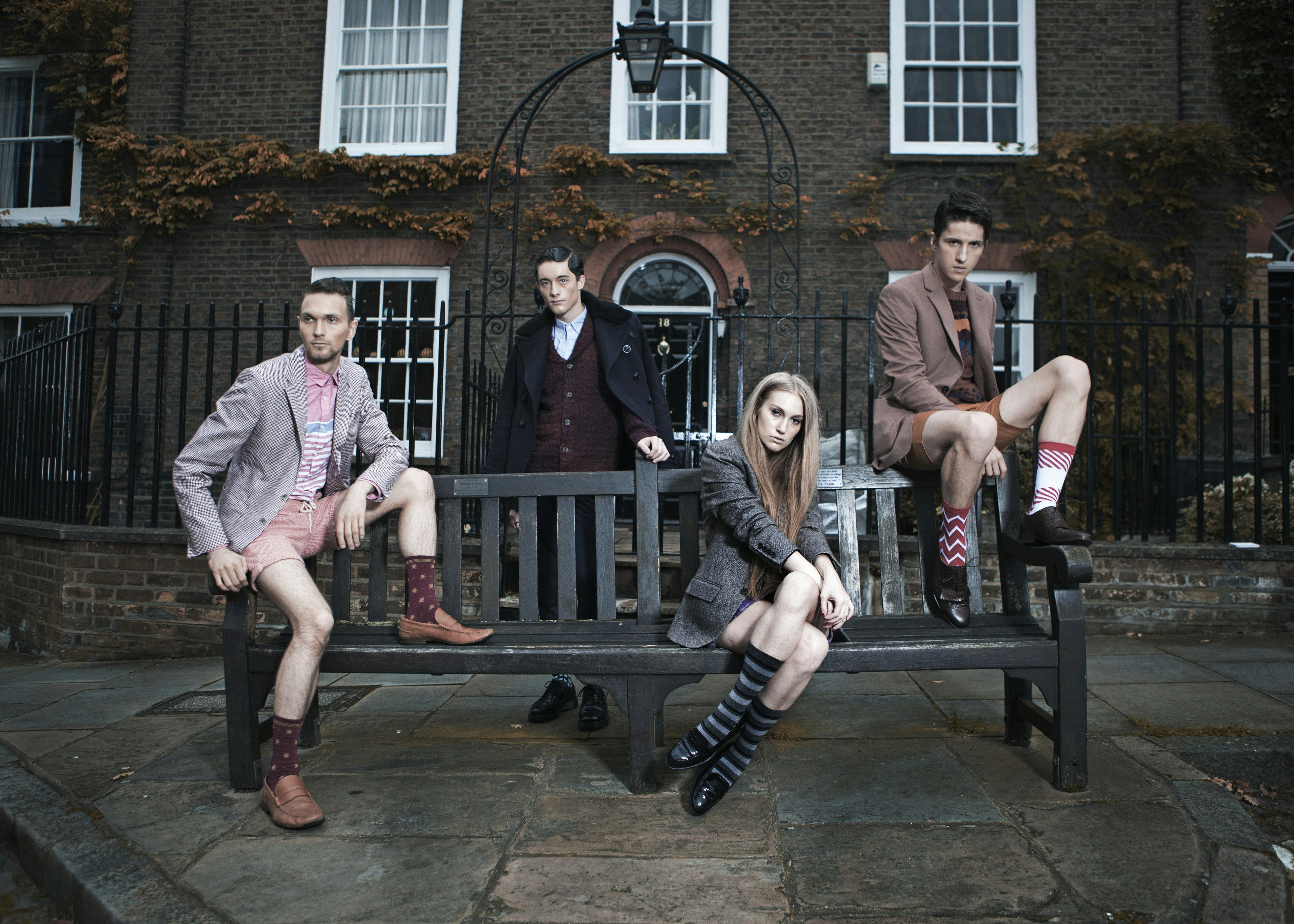What you wear can impinge the ability of people to look at you. That’s been true for centuries, but today your fashion choices can actually make it harder for governments or private entities to track you throughout the day. The mass surveillance in our current society should concern you as it erodes our freedoms. One fashion designer has had enough of her liberties being attacked that the designed some flashy gear to obfuscate who you are. The clothing designed by Kate Rose confuses algorithms to think that you are something you are not, for example by wearing certain patterns a computer may think you are a car.
Use of patterning and adversarial input techniques are on the rise as computer vision analysis of everything from our faces to our license plates becomes ubiquitous for everything from marketing to state surveillance. This talk will be a highly tactical guide to give an overview of the work in the area of confounding or intentionally triggering computer vision systems with fashion. This presentation will show you the same open source guides, libraries, and resources to build your own adversarial clothing, via the process used to develop ALPR-triggering fabrics. This talk will review not only the technical and aesthetic considerations, but also getting over the manufacturing hurdle from design to prototype so you can quickly deploy your fashion hacks to the people



